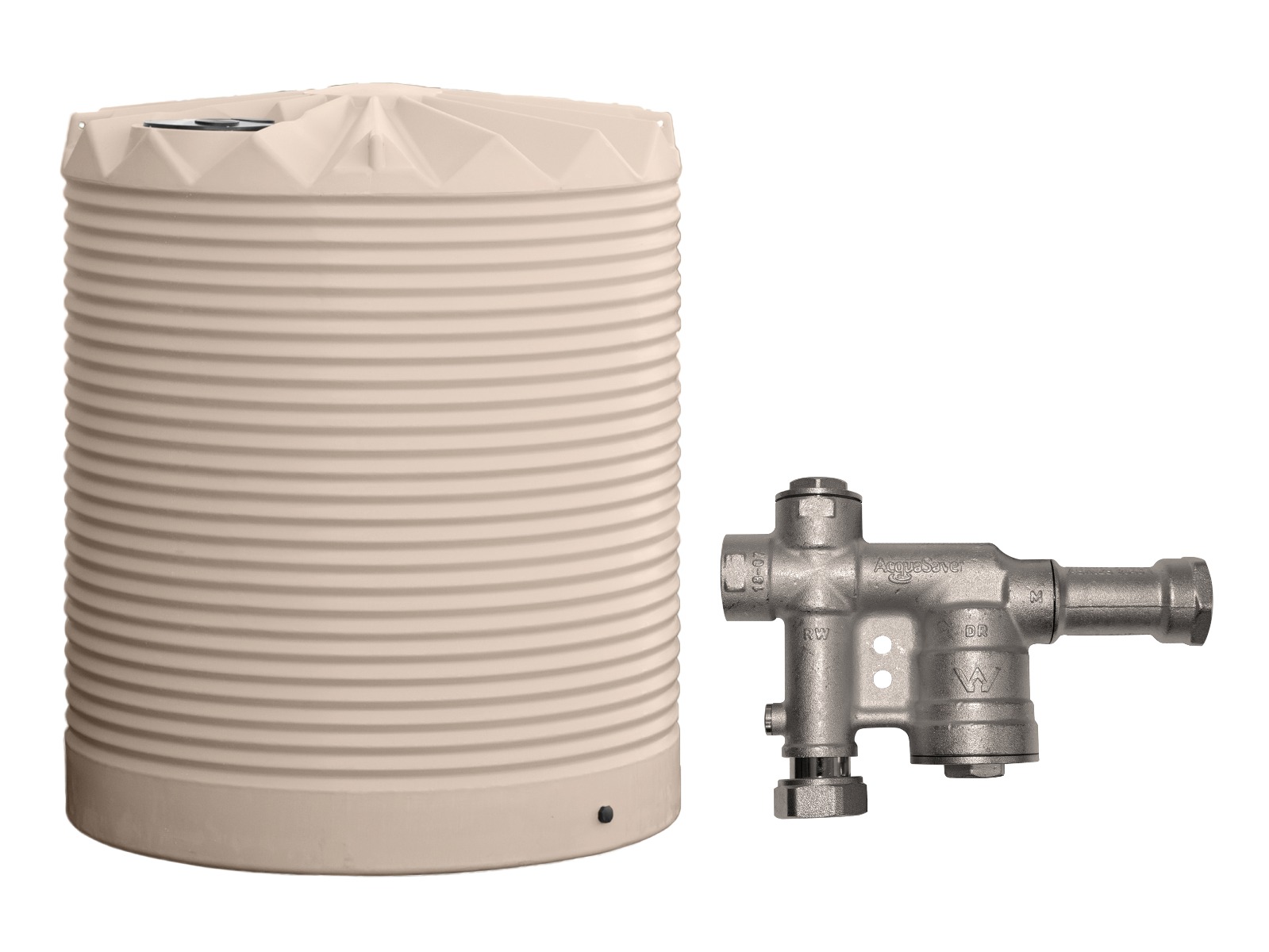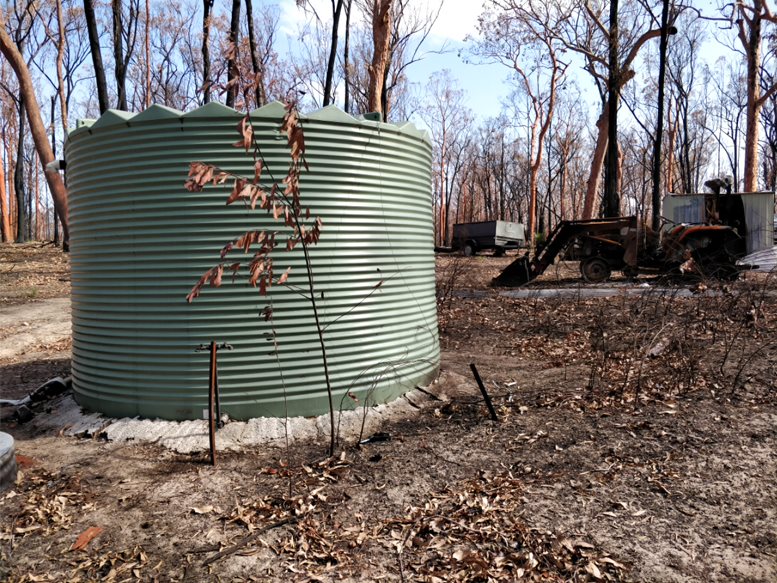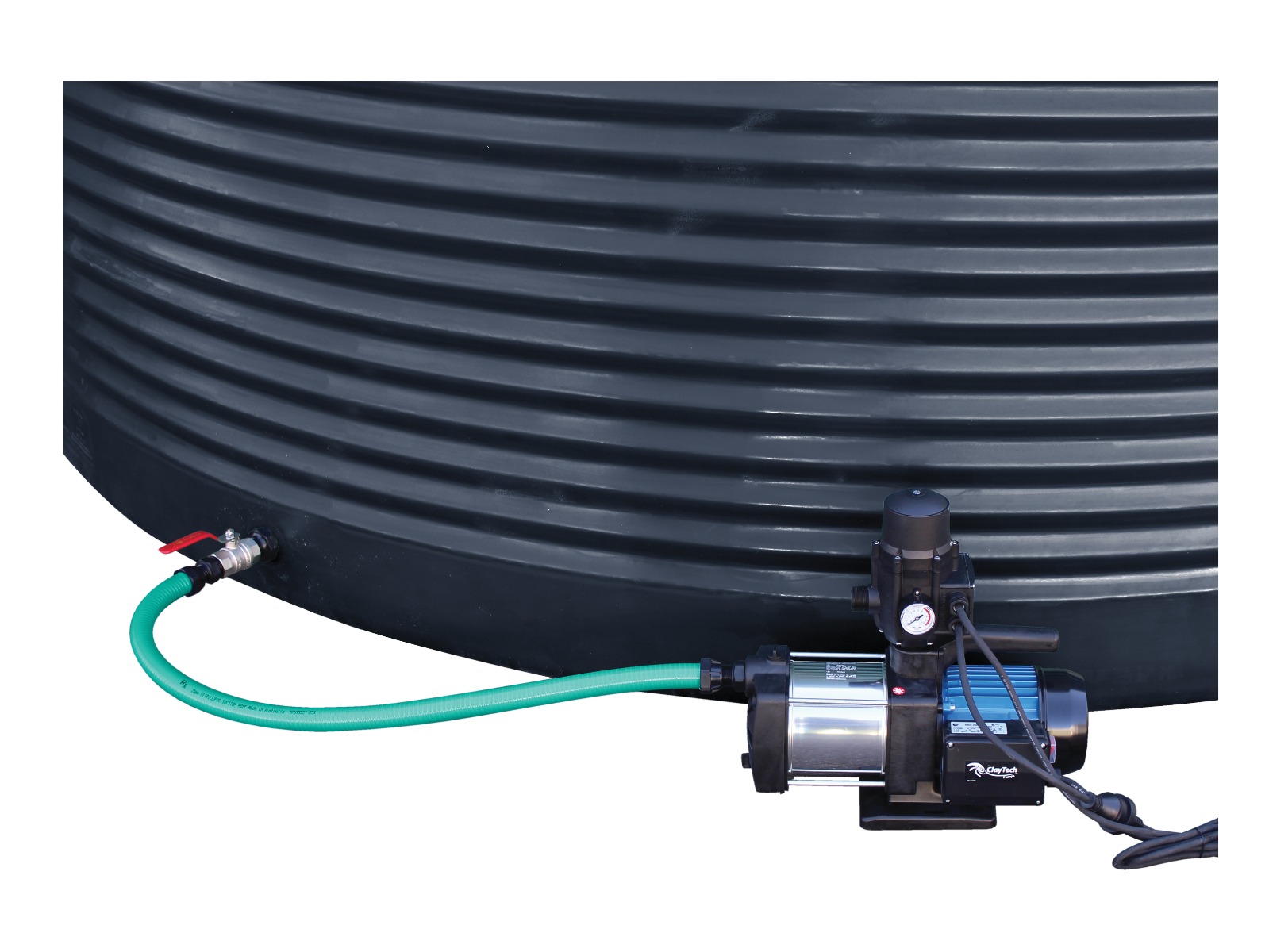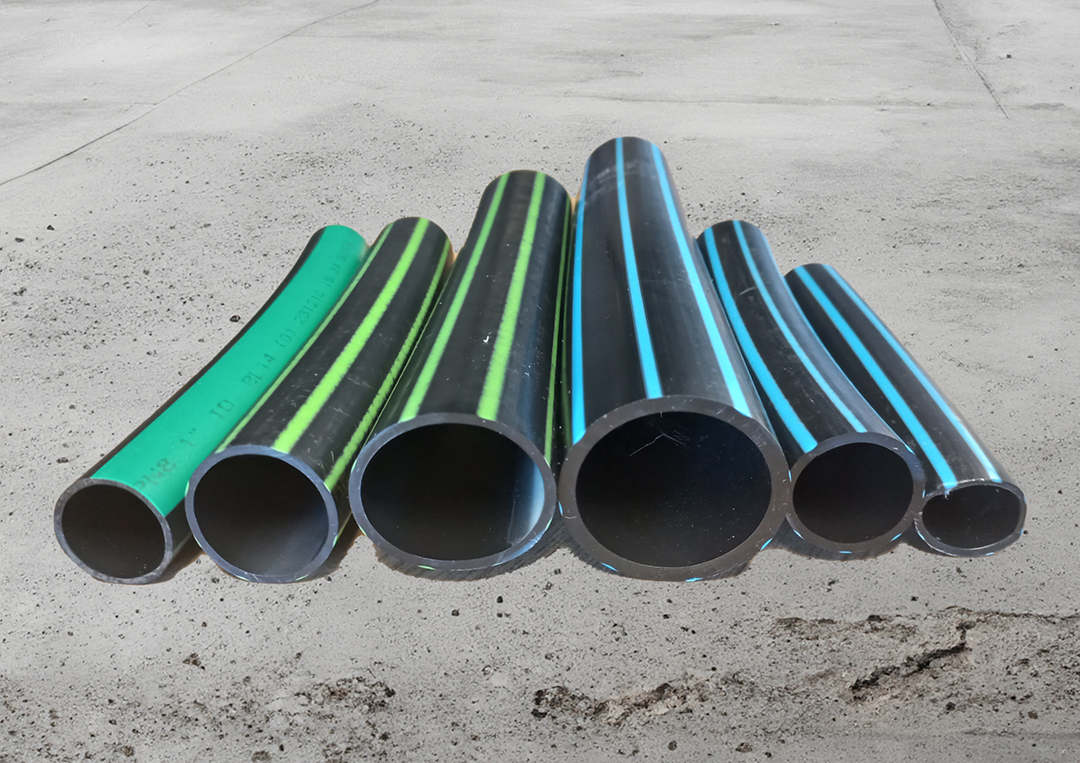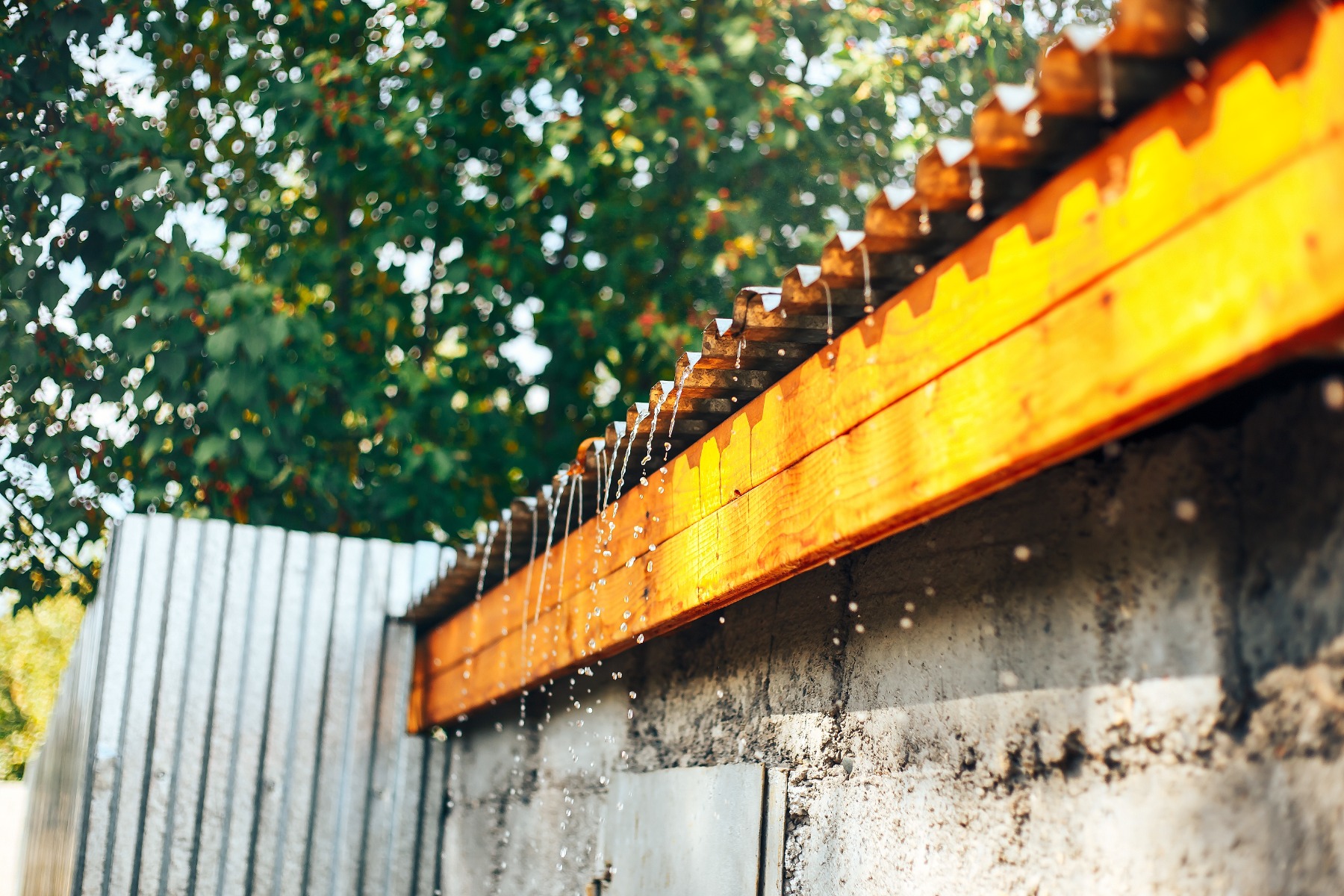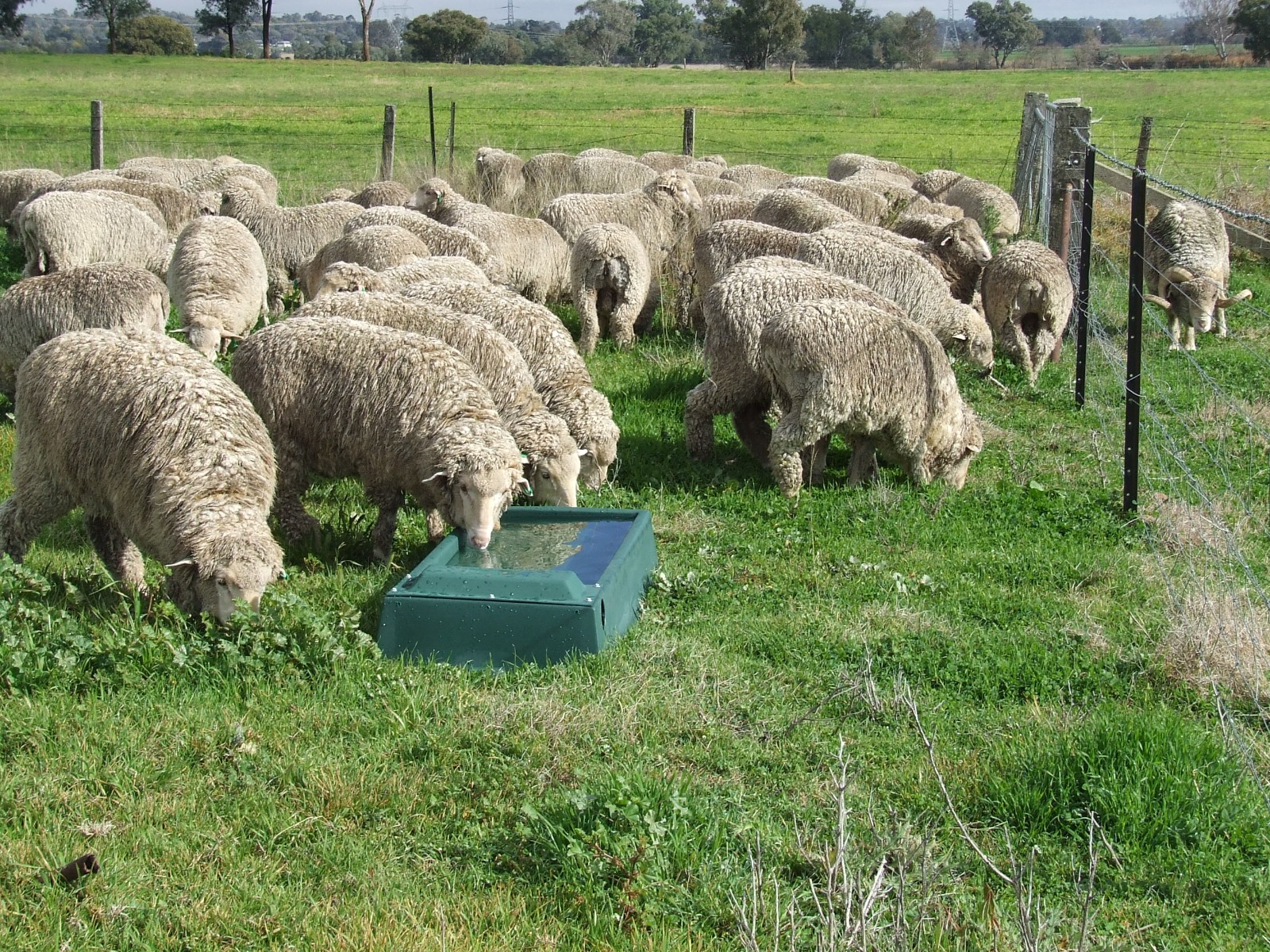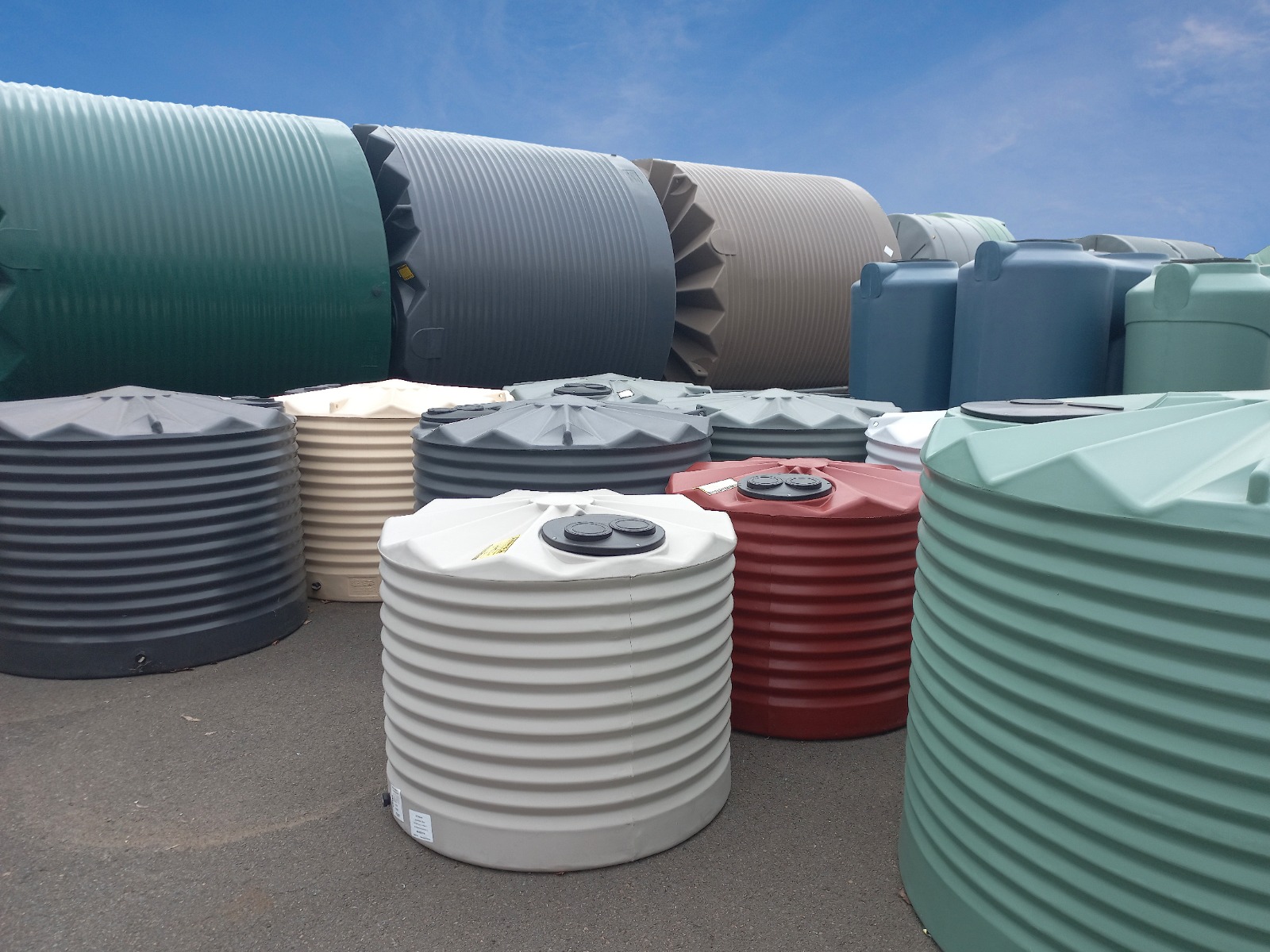Water is essential to human existence and to the ecosystem that supports us. It is essential that water resources are managed effectively to ensure that high-quality and plentiful water will be available for future generations to use and enjoy.
Despite being the driest inhabited continent in the world, Australian households use a lot of water and average daily water consumption is 340L per person or 900L per household.
Fortunately, Australian’s are getting better at using less water and today an estimated 25% of Australian homes collect and store rainwater for domestic use, contributing around 177 billion litres to residential water supplies.
Rainwater collected from a well-designed harvesting system can be suitable for all domestic uses. Increasingly, homeowners are plumbing houses with two sources of water supply, with tank water as the primary supply for non-drinking applications in the laundry, bathroom and toilet, and mains water supply for drinking water. Even with irregular rainfall, for many householders in regional New South Wales, a well-designed system with a 10,000L water tank can satisfy three-quarters or more of their total household water needs.
But what happens if your rainwater tank runs dry or a power failure stops your pressure pump delivering water to the house?
Luckily, there is a device that allows you to switch from your rainwater supply to mains water. It is called a Mains Water Switch Device and it is installed between the pressure pump, your mains supply and your house inlet.
The switch device will always prioritise the use of rainwater over mains water so you can use your tank water supply first and then switch to mains water supply if your tank is low or empty or in the event of electrical failure.
The switch may be automatic or manual. Automatic devices may be electrical or hydraulic. Electric switches are typically activated by a float switch in the tank that detects low water levels or responds to changes in pump pressure, and automatically switches to mains supply if the water level is low and back to tank supply when sufficient water is in the tank. Similarly, the device automatically switches to mains water in the event of power failure or pump failure.
Hydraulic switches use the water pressure created by the pump to close one inlet fully before opening the other inlet. When rainwater has been replenished or power has been restored to the pump, the hydraulic switch which will automatically prioritise back to rainwater.
Manual switches serve the same purpose but have a series of levers that need to be manually opened and closed to direct water from different sources. As you’d imagine, automated switches need an electricity supply to run and cost more than manual switches but provide you with a continuous supply of water.
If you do install a water switching device, regulations require you to also install a backflow prevention device which prevents water from your tank flowing back into the mains water supply. They will need to be installed and periodically checked by a licensed plumber.
If you want to create an effective rainwater harvesting system, talk to our expert team to find out how we can help you. Call our team on 1800 816 299 or email sales@rapidplas.com.au with your enquiry.


